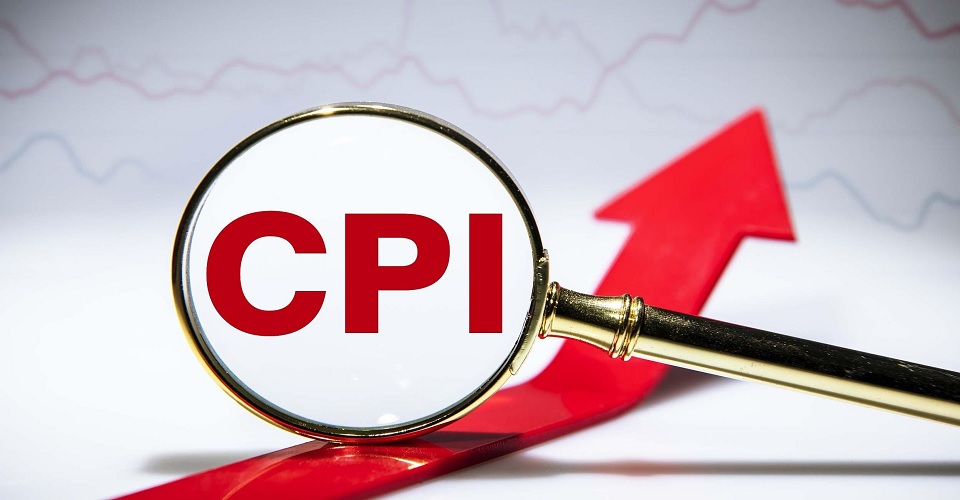Blog
CPI and PPI

The Consumer Price Index (CPI) and the Producer Price Index (PPI) are important inflationary measures that help to determine whether the prices of products and services are rising or falling, or staying the same.
- When they are rising it is referred to as a period of inflation
- When they are falling it is referred to as a period of deflation or disinflation
- If they are remaining the same it is generally referred to as zero inflation
The CPI is the price measure of the consumer side whereas the PPI is the measure for the producers side. Both measures are widely used by central banks, so that along with other figures the national monetary policy is established.
Inflation: when the prices of goods and services are rising, or are consistently remaining above 0%. The general belief is that a low, stable inflation is ideal in reducing downturns in the economy as businesses are better able to adjust as necessary. Central banks also prefer to keep inflation in this range and hence the general rule of thumb is for them to lower interest rates whenever the rate falls below 2%. At such a time consumers buy more and it is cheaper to borrow. If inflation rises above 3%, the tendency is to raise interest rates so as to encourage more savings.
Disinflation: inflation could be very low, but still above zero. If this is the case, economic complacency could result. GDP will not increase over a rather long period. This happened in Japan during the 1990s. The Bank of Japan tried to lower interest rates so as to try to encourage spending rather than saving. However many organizations and individuals preferred to borrow so as to avail of the low interest rates and pay any current debts they had. Consequently very little went into actual buying of goods and services, and business activity did not increase that much.
Hyperinflation: at such a time inflation is somewhat out of control. Often such episodes resulted due to lack of confidence in the state’s ability of governing successfully, such as what happened in Russia after the fall of the Soviet Union and the United States during the Revolutionary War, for example. Central banks attempt to prevent hyperinflation from happening and measures include revaluating currencies and raising interest rates so as to encourage people and businesses to save instead of borrowing.
Deflation: this is when prices are declining. While this may seem great for consumers, manufacturers do not like such a time as the margin they are able to make on the products they produce will be smaller. In order to make production costs lower, they could end up laying off employees, and this leads to a vicious circle. Central banks try t o counteract such periods by lowering interest rates. The value of the currency ends up decreasing, and over time inflation should kick in.
Zinflation: this is when interest rates remain the same over a certain period of time. This is not desirable as it could lead to a lack of economic growth.
- When they are rising it is referred to as a period of inflation
- When they are falling it is referred to as a period of deflation or disinflation
- If they are remaining the same it is generally referred to as zero inflation
The CPI is the price measure of the consumer side whereas the PPI is the measure for the producers side. Both measures are widely used by central banks, so that along with other figures the national monetary policy is established.
Inflation: when the prices of goods and services are rising, or are consistently remaining above 0%. The general belief is that a low, stable inflation is ideal in reducing downturns in the economy as businesses are better able to adjust as necessary. Central banks also prefer to keep inflation in this range and hence the general rule of thumb is for them to lower interest rates whenever the rate falls below 2%. At such a time consumers buy more and it is cheaper to borrow. If inflation rises above 3%, the tendency is to raise interest rates so as to encourage more savings.
Disinflation: inflation could be very low, but still above zero. If this is the case, economic complacency could result. GDP will not increase over a rather long period. This happened in Japan during the 1990s. The Bank of Japan tried to lower interest rates so as to try to encourage spending rather than saving. However many organizations and individuals preferred to borrow so as to avail of the low interest rates and pay any current debts they had. Consequently very little went into actual buying of goods and services, and business activity did not increase that much.
Hyperinflation: at such a time inflation is somewhat out of control. Often such episodes resulted due to lack of confidence in the state’s ability of governing successfully, such as what happened in Russia after the fall of the Soviet Union and the United States during the Revolutionary War, for example. Central banks attempt to prevent hyperinflation from happening and measures include revaluating currencies and raising interest rates so as to encourage people and businesses to save instead of borrowing.
Deflation: this is when prices are declining. While this may seem great for consumers, manufacturers do not like such a time as the margin they are able to make on the products they produce will be smaller. In order to make production costs lower, they could end up laying off employees, and this leads to a vicious circle. Central banks try t o counteract such periods by lowering interest rates. The value of the currency ends up decreasing, and over time inflation should kick in.
Zinflation: this is when interest rates remain the same over a certain period of time. This is not desirable as it could lead to a lack of economic growth.